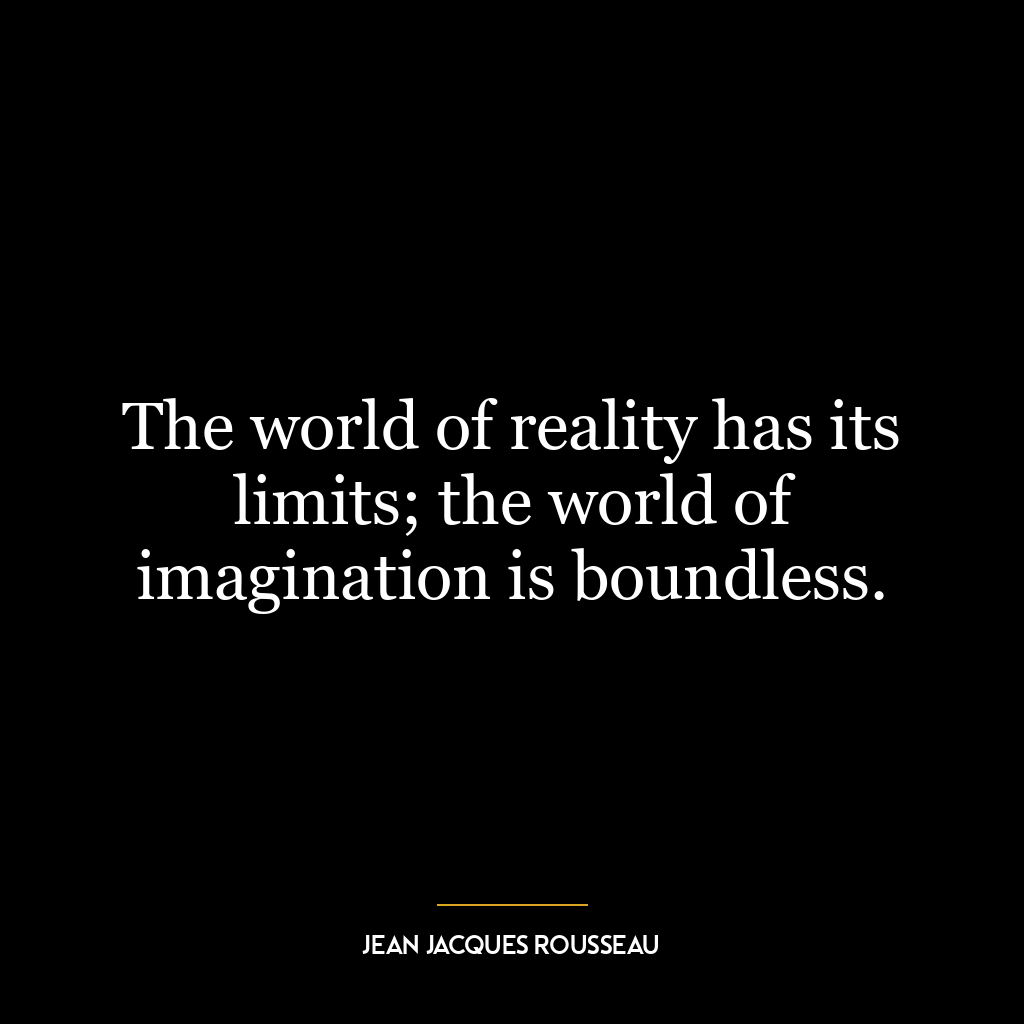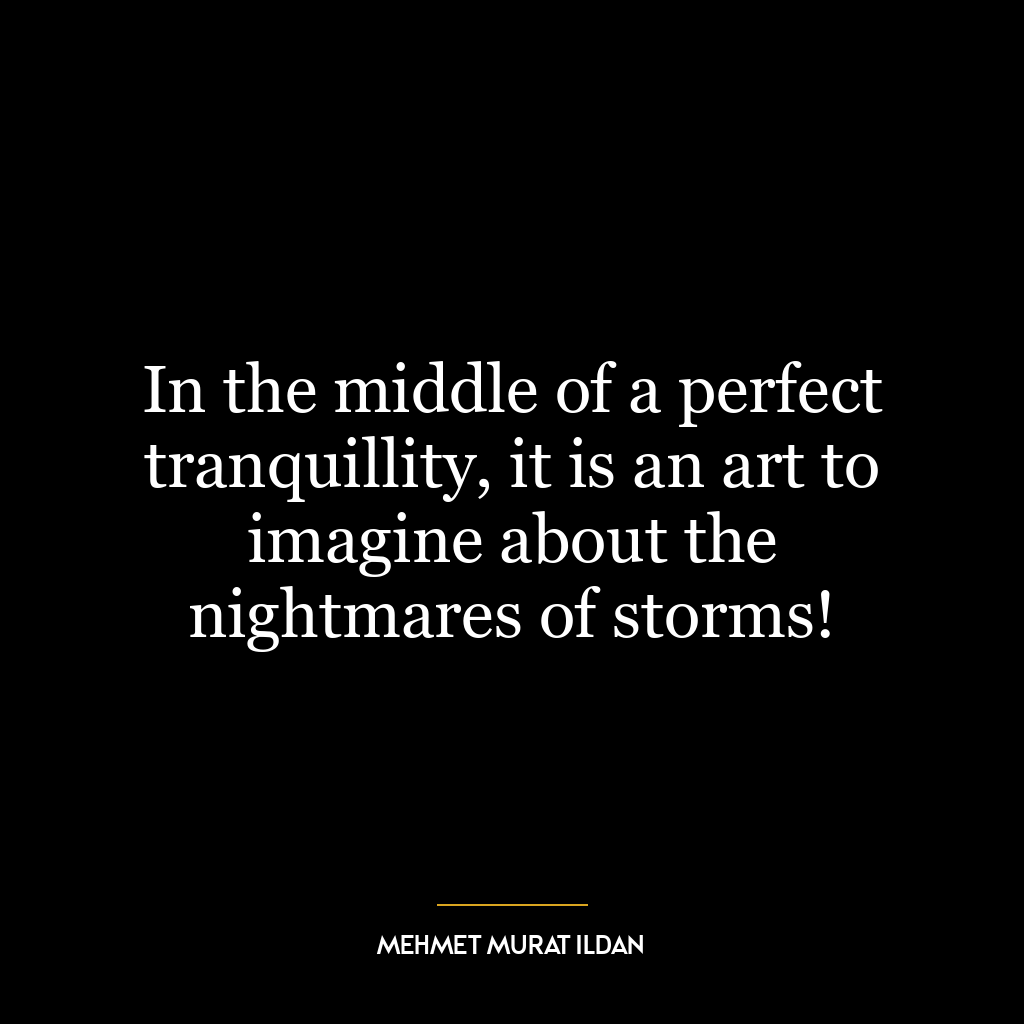Bare lists of words are found suggestive to an imaginative and excited mind.
This quote is a profound testament to the power of creativity and creativity. It suggests that even the most mundane or basic elements, like a simple list of words, can incite inspiration and excitement in an imaginative mind. This is because an imaginative person doesn’t just see things as they are but rather what they could be. They have the ability to connect seemingly unrelated concepts, find new meanings, and create something entirely unique out of ordinary components.
In essence, Emerson is emphasizing that when it comes to creativity and innovation, it’s not about having elaborate resources at yoru disposal; instead, it’s how you perceive and utilize those resources that matter.
Applying this concept in today’s world or personal development can take many forms. As a notable example:
1) In business: Companies can innovate by looking at their existing resources or processes in new ways rather than always seeking external solutions.
2) in education: Teachers can stimulate students’ creative thinking by encouraging them to find multiple uses for common objects or interpret texts from diffrent perspectives.
3) In personal development: individuals working on self-improvement might consider their strengths in new contexts to uncover previously unrecognized potential.
4) In technology: Programmers or software developers may use basic codes (the ‘bare lists of words’) to create complex programs by applying creative problem-solving skills.
By adopting this mindset portrayed in Emerson’s quote – seeing potential where others see mundanity – one opens up a vast spectrum of possibilities for innovation and growth.















